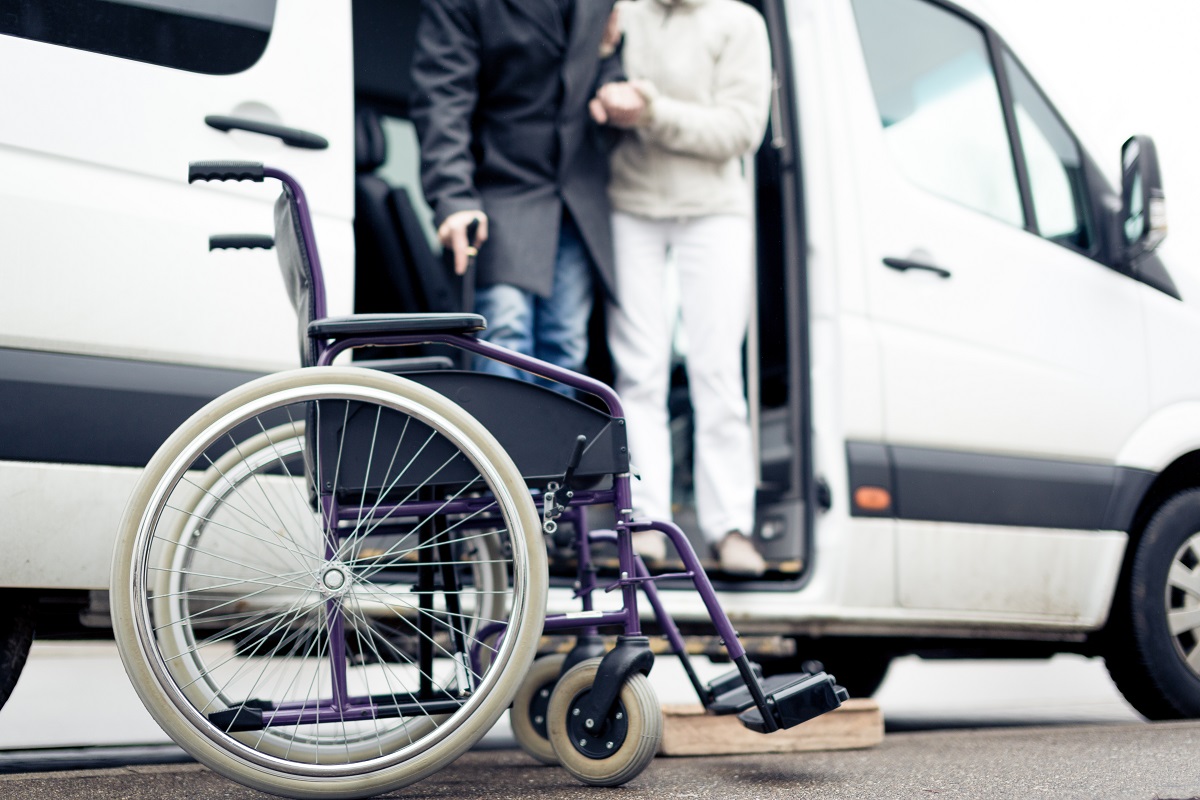Is it your first time to encounter the term ‘paratransit’? If so, then check out this post and get to know more about this concept. In case you already know what paratransit is, you can also check this article for further information.
What Is Paratransit?
Paratransit refers to a special transportation that’s designed for people with disabilities. Often, it’s given as a supplement to rail systems, as well as a fixed-route bus by public transit companies or agencies. Paratransit agencies come in different forms and widely differ when it comes to the degree of flexibility. In fact, without paratransit, a lot of people would be left without movement options, and they’ll end up being stranded.
Paratransit, on the other hand, consists of a small bus or a taxi that runs along defined routes and stops to discharge or pick up a passenger on request. Usually, a minibus is utilized to offer paratransit services. The majority of vehicles come with ramps or wheelchair lifts to facilitate access.
1- Is It Safe To Use Paratransit?
It isn’t unusual for people with disabilities or have mobility problems to feel uncomfortable. After all, the world is established mainly for able-bodied persons. One common benefit of paratransit transportation is that parties who are involved in conducting such a service are completely aware of the limitations and disabilities of their passengers.
With paratransit, not only will the passengers’ journey be set up, thus, making life simpler for them, but it will also be used and managed by people who totally understand that such a method can be more reassuring for disabled individuals compared to using public transportation.

2- Who Can Use Paratransit Services?
Keep in mind that not all persons with disabilities are eligible to use a paratransit service. The paratransit is specially designed for those with disabilities who can’t use fixed-route systems. Some may qualify for paratransit services on all their trips. Nevertheless, to be eligible for this service, a person should fit into one of the three eligibility categories of ADA, namely:
- Category 1: This category will include those who can’t get on or off a train or bus, even though it’s accessible due to their disabilities. People who fall into this category are allowed to use paratransit wherever they go.
- Category 2: This category is for people who can ride accessible fixed-route transits, but there’s no available transit going to where they want to go. For example, accessible fixed-route transit might not be available if the vehicle is under maintenance or, in some cases, the vehicle doesn’t come with a wheelchair lift or the lift isn’t working.
- Category 3: This includes people who have disabilities that prevent them from getting to or from the transit stop. In such a case, the impairment prevents travel to and from a stop; considerable difficulty or inconvenience isn’t enough. Environmental conditions, such as weather, terrain, or distance, or architectural barriers, such as curbs and steps, may make people qualify for a certain trip.
3- Can A Personal Attendant or Assistant Ride with the Passenger?
A personal attendant or assistant, and even one family member or friend, can ride with the passenger as long as you reserve a space for them when booking a ride. They can ride with you even though there’s less space for other qualified riders. Also, an additional companion may ride as long as there’s available space.
When it comes to the attendant’s payment, it’s free if you’re approved by the paratransit agency as qualified to use personal assistants. If the service provider agrees that you can ride with an assistant, you can pick anyone to be your attendant on a certain trip. A personal assistant doesn’t need to have their paratransit card or certificate. When it comes to family members or friends, they pay the same amount as you do.
4- Can Passengers Be Refused In Paratransit Because Of Their Behavior?
Definitely, yes. People who are seriously disruptive or engage in violent and illegal conduct might be refused service, using similar standards for prohibiting anyone who’s acting in such a disrespectful and inappropriate way. However, you can’t be excluded only because your involuntary behavior or appearance may annoy or offend other people or the transit workers.
Conclusion
Paratransit is, indeed, a good way to transport people with disabilities, but with some limitations and rules. With the proper knowledge of what paratransit is—how it works, as well as its requirements—people with disabilities can use this mode of transportation with ease and comfort.





























































